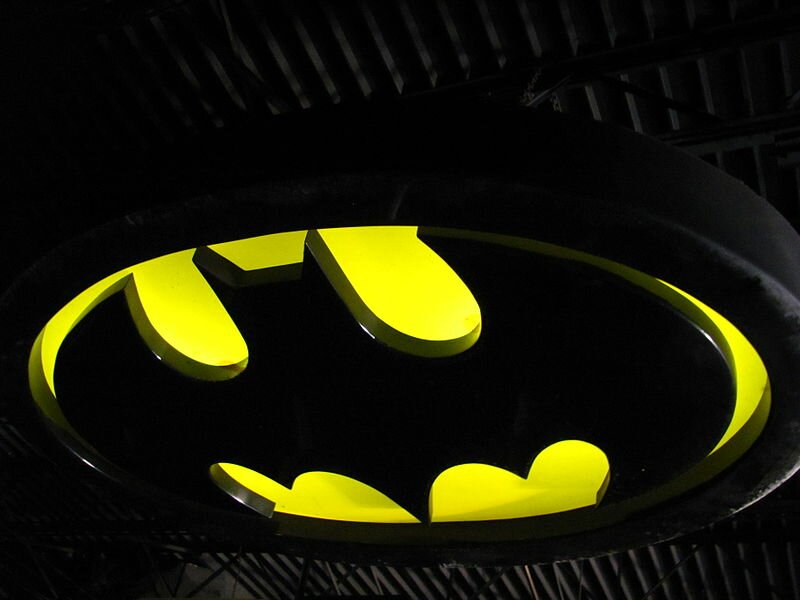Correspondent (Business)
LONDON — 2016 might see the introduction of smaller polymer banknotes by The Bank of England. Plastic banknotes will be less shabby, much more difficult to falsify and also smaller in size, just 125mm by 65mm, yet still bigger than euro banknotes.
More than 20 countries now issue polymer banknotes such as Australia, New Zealand, Canada, Mexico, Mauritius and Singapore. An Australian $5 note wears out in three years, while the English £5 note is reported to last for six months, thus proving the durability of Australian currency.
The Bank of England says that the new plastic notes are wipe-clean and could even survive after being washed in the washing machine (but don’t try ironing it). The new notes have been tested in a washing cycle and had only a tiny alteration, whereas the current notes were drastically torn. Moreover, the new plastic notes have been doused in red wine and afterwards wiped clean, unlike the usual banknotes which stain and degrade.
However, some Dutch and Turkish researchers claim that the new plastic notes are prone to carry bugs and traces of some bacteria for much longer time than usual paper notes. Therefore, people would be advised to wash their hands more often after touching the new polymer notes.
The switch to different banknotes could start with the new £5 notes, depicting Sir Winston Churchill and £10 notes featuring Jane Austen. However it is still not clear if the new plastic notes will be actually issued or not. A final decision will be made in December after a two months roadshow across the UK to hear and measure public opinion.
There has been already some complaints by focus groups that the new polymer notes are very slippery and therefore stick together and do not fold easily. In spite of these concerns, a study by the Royal National Institute for the Blind averred a 50/50 division on preference for plastic or paper, with most claiming they could get accustomed to the new polymer notes.
A deputy governor of the Bank, Charlie Bean, said, “Polymer banknotes are cleaner, more secure and more durable than paper notes. They are also cheaper and more environmentally friendly. However, the Bank of England would print notes on polymer only if we were persuaded that the public would continue to have confidence in and be comfortable with our notes.”
Questions remain about how cash machines or payment machines would deal with the new notes. But a spokesman for Link, the company which is behind 66,000 of Britain’s cash machines said, “The ATM industry will work closely with the Bank to ensure their effective introduction.”
On November 15, the public consultation will finish and a final decision will be declared in December.
Image Courtesy: Images_of_Money (http://www.flickr.com/photos/59937401@N07/5474155241/sizes/o/in/photostream/)span>
Ingrida Kurlinkute
Latest posts by Ingrida Kurlinkute (see all)
- Kerala – A Treasure of South India - November 25, 2013
- Verona – Ancient History Living in Harmony with Romeo and Juliet - November 18, 2013
- Ashgabat – White Marble Capital of Turkmenistan - November 4, 2013









No comments
Be the first one to leave a comment.